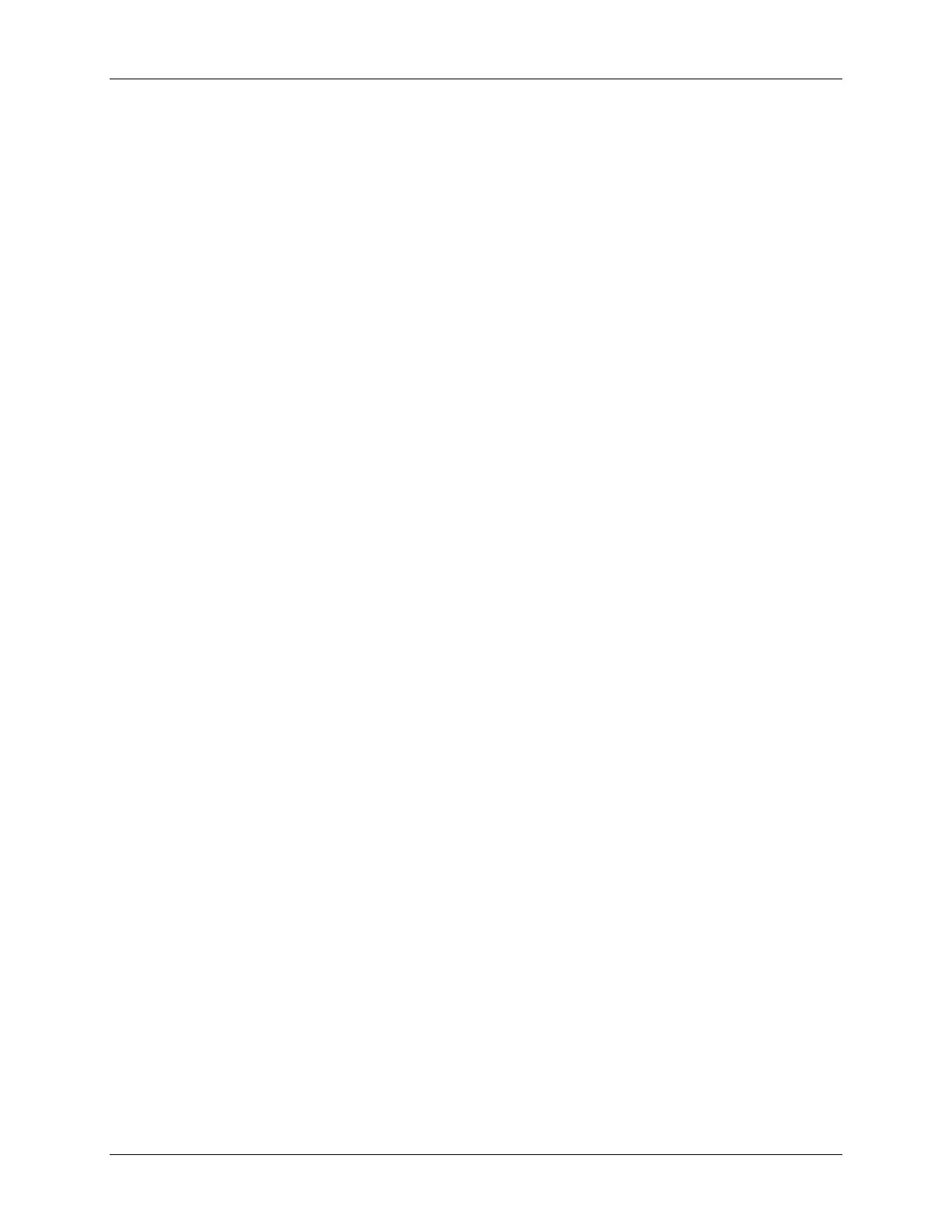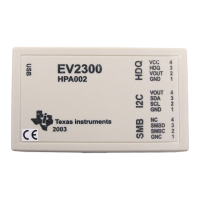Lab 9: DSP/BIOS
20. Open DefaultIsr_9_10.c and locate the ADCINT_ISR routine. Move the
instruction used to toggle the LED to the LedBlink() function in Main_9.c:
GpioDataRegs.GPFTOGGLE.bit.GPIOF14 = 1; // Toggle the pin
21. In the configuration file Lab.cdb we need to add and setup the LedBlink_PRD. Open
Lab.cdb and click on the plus sign (+) to the left of Scheduling. Right click on
PRD – Periodic Function Manger and select Insert PRD. PRD0 will be
added. Right-click on it and rename it to LedBlink_PRD.
22. Select the Properties for LedBlink_PRD and type _LedBlink (with a leading
underscore) in the function field. This tells DSP/BIOS to run the LedBlink() function
when it executesd the LedBlilnk_PRD periodic function object.
Next, in the period (ticks) field type 500. Click OK. Close the configuration file and
click YES to save changes.
Build and Load
23. Click the “Build” button to rebuild and load the project.
24. Reset the DSP.
Run the Code – LedBlink
25. Run the code and check to see if the LED on the eZdsp™ is blinking. When done, halt
the code. If you would like, experiment with different period (tick) values and notice that
the blink rate changes.
DSP/BIOS – Real-time Analysis
The DSP/BIOS analysis tools complement the CCS environment by enabling real-time program
analysis of a DSP/BIOS application. You can visually monitor a DSP application as it runs with
essentially no impact on the application’s real-time performance. In CCS, the DSP/BIOS
analysis tools are found on the DSP/BIOS menu. Unlike traditional debugging, which is external
to the executing program, DSP/BIOS program analysis requires that the target program be
instrumented with analysis code. By using DSP/BIOS APIs and objects, developers
automatically instrument the target for capturing and uploading real-time information to CCS
using these tools.
26. Open the CPU load graph. On the menu bar click:
DSP/BIOS CPU Load Graph
The CPU load graph displays the percentage of available CPU computing horsepower
that the application is consuming. The CPU may be running ISRs, software interrupts,
periodic functions, performing I/O with the host, or running any user routine. When the
CPU is not executing user code, it will be idle (in the DSP/BIOS idle thread). You will
notice that we are consuming about 50% of the CPU with our lab code.
C28x - Using DSP/BIOS 9 - 19

